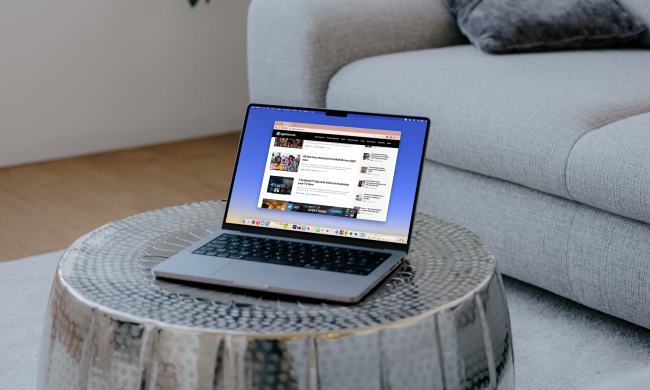As Microsoft begins revving the engine on its Windows Live offerings—and we’ll no doubt hear the rubber peeling once Windows Vista is released to consumers in early 2007—Google is ramping up its own effort to introduce users to (and maybe get them hooked on) Google’s own hosted applications and services. So, today, Google announced Google Apps for Your Domain, and expansion of the GMail for Your Domain service that Google launched back in February.
Google Apps for your Domain combined several existing Google service offerings—GMail, Google Talk, Google Calendar, and Google Page Creator—and enabled organizations/domains to brand the services with their own color schemes and logos. So far as users are concerned, they’re pretty much using the organization’s services, not Google’s.
As of today, Google is offering a standard edition (in beta) of Apps for Your Domain for free, with 2 gigabytes of mail storage for each user, customization tools, and help for administrators—assuming Google keeps the service going, organizations will never have to pay for users accepted during the beta. The standard edition will be advertiser-supported: that is, users will see Google-supplied ads alongside the services.
Google plans to announce details of a paid, premium version of Apps for your Domain for organizations with advanced needs; the premium edition will likely do away with advertisements, but the company has not revealed any other details of the offering. Notably absent from Google Apps for Your Domain are Google Spreasheets, a Web-based offering offering some of Microsoft Excel’s most commonly-used functions, and the Web-based word processor Writely. Google may be waiting until the products’ features are sufficiently mature before rolling them into the services bundle, or may be reserving them for the premium edition.
Google plans to make Apps for Your Domain available worldwide in a variety of languages.


